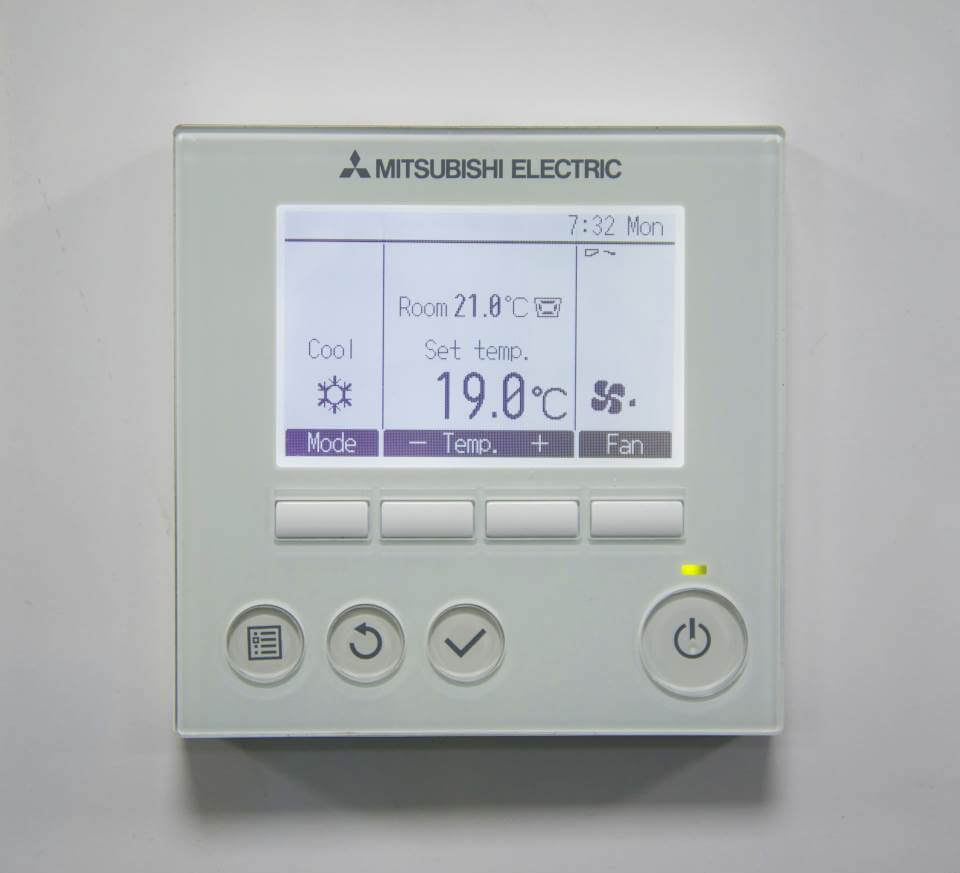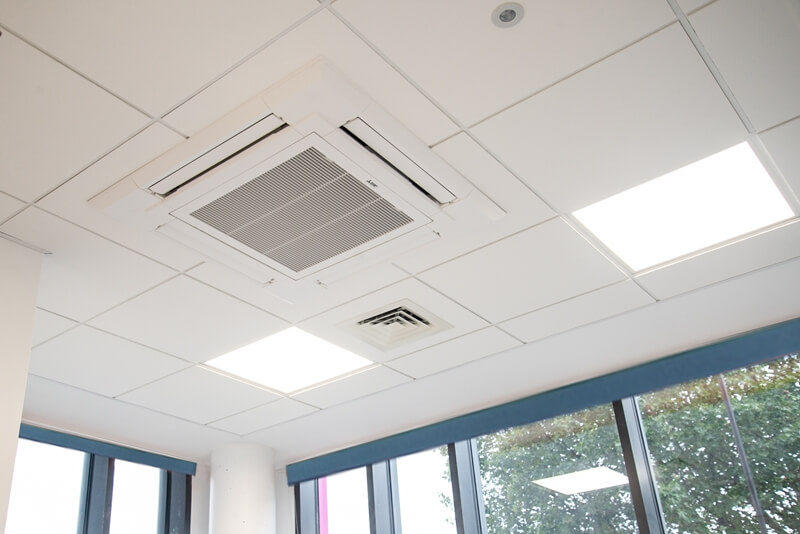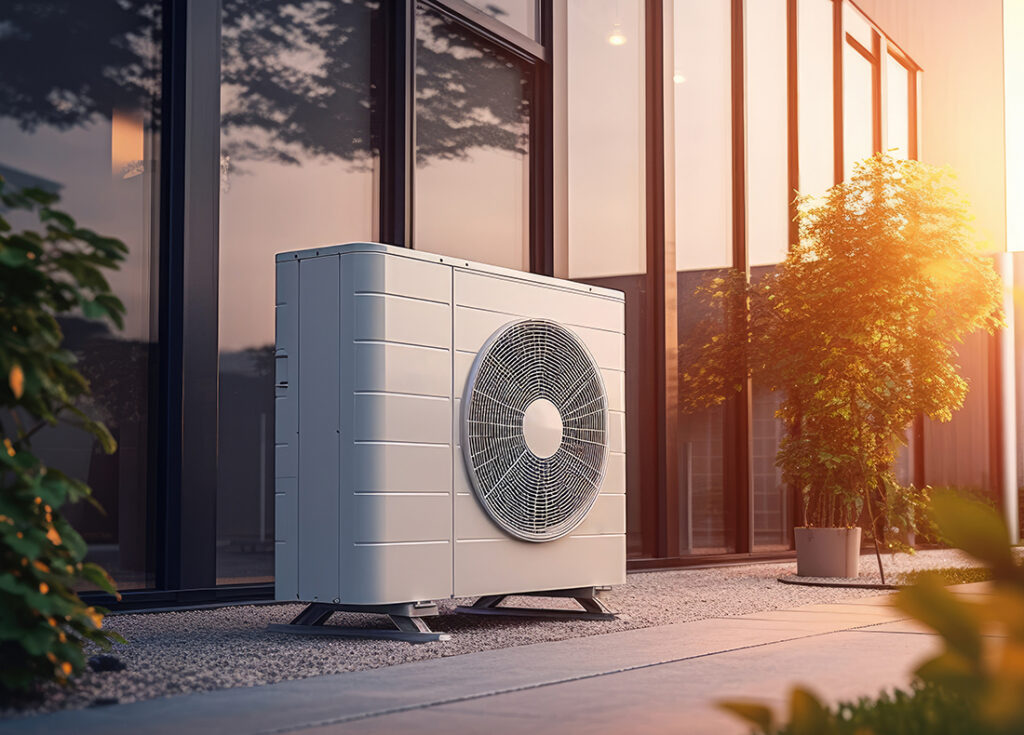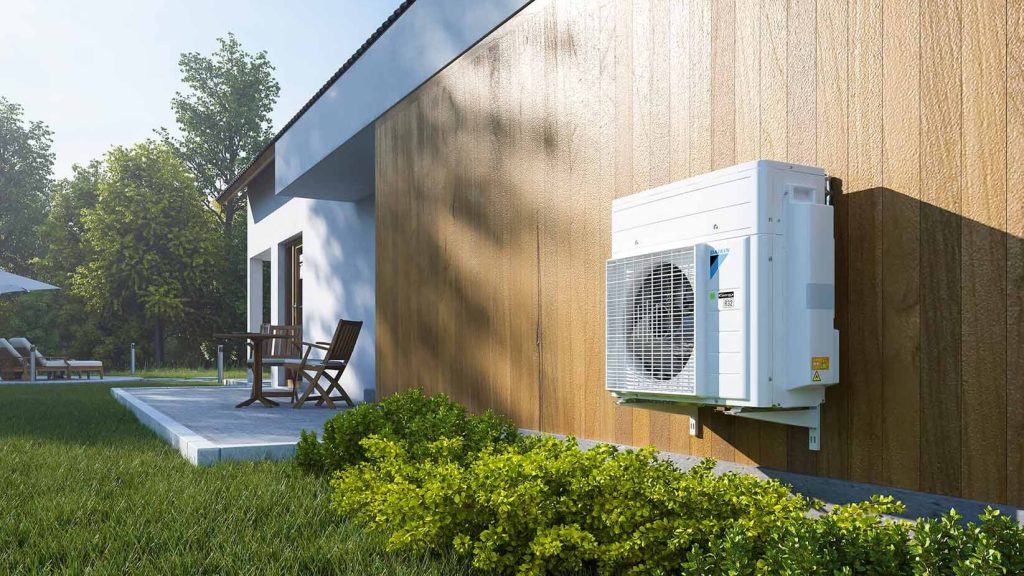How Clean Is the Air In Your Workplace?
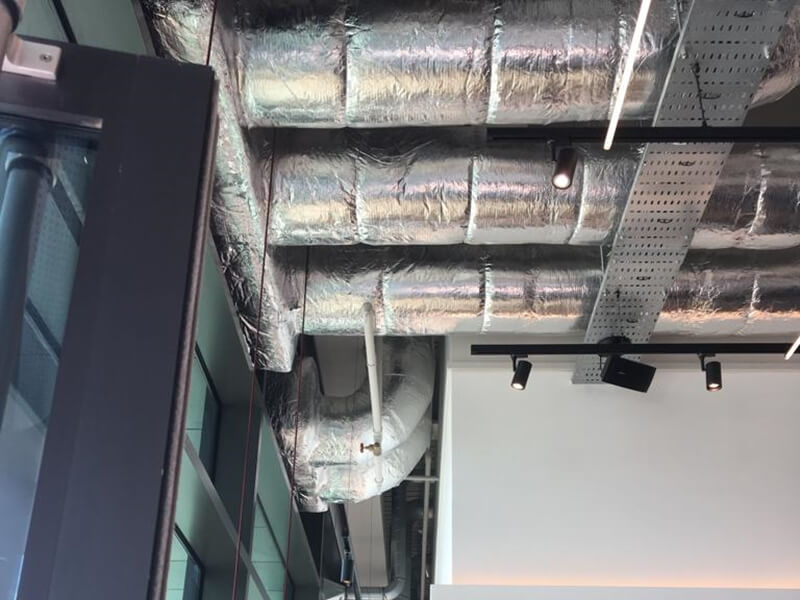
Estimated reading time 5 minutes
It’s probably not something you’ve spent much time thinking about – how clean is the air in your workplace? However given the last year and the pandemic it’s something that more and more people are starting to question. In fact in a recent BBC news article it documents that the requests for air conditioning/HVAC services increased tenfold last year due to concerns about indoor air quality.
Our last article “Your Air Conditioning System and Air Purification” we explained that the UK government had also voiced the concern over indoor pollution. In a published “Postnote” entitled “UK Indoor Air Quality” (PDF) they look at why indoor pollution is just as important as outdoor pollution to our health.
Why Be Concerned Over Indoor Air Quality?
Air quality can impact the health and wellness of anyone working in a building. Health and well-being has become more important as companies increasingly recognise that a number of factors including natural lighting, acoustics, and indoor air quality can directly impact business productivity. A “healthy workplace” can mean happier, healthier employees who in turn tend to be more productive.
According to the The World Green Building Council, a company’s staff account for “90% of business operating costs, so even a 1% improvement in productivity can have a major impact on the bottom line and competitiveness of any business.” In their “Eight Features That Make Healthier and Green Offices” graphic they show that indoor air quality and ventilation help increase cognitive scores for workers in green well ventilated offices as healthy offices have lower concentrations of CO2, volatile organic compounds (VOCs) and other pollutants.
The UK government state poor air quality is the largest environmental risk to public health in the UK. Long term air pollution exposure can cause a variety of chronic illnesses including cardiovascular and respiratory diseases. This is backed up by the British Lung Foundation who state that indoor air pollution is linked to an increased risk of various diseases including COPD, pneumonia and lung cancer as well as heart disease and stroke. Asthma UK advise that “you’re more at risk from poor air quality indoors. Many common indoor pollutants are small enough to get into the lungs and make your asthma symptoms worse.” They also state that around 40% of people in the UK suffer from allergies from airborne particles like pollen, mould spores and dust which can lead to severe allergic reactions including shortness of breath or a full blown asthma attack.
As the vaccination program is rolled out and the government starts to open the economy back up many companies are requiring some or all of their workers to return to work. Understandably many workers are anxious about having to return to the workplace because of the risk of Covid, it’s therefore important that businesses take staff and visitor concerns about the quality of air in the workplace and act on them.
As a consequence many businesses and workers are turning their focus to indoor air quality and to ensuring that buildings and workplaces have the right systems in place to ensure that the air is “clean”. To do this you have to understand what factors affect indoor air quality and how to tackle them.
Factors That Affect The Air In Your Workplace
Indoor air quality isn’t just down to a simple mixture of consistent elements; it’s a constantly changing set of factors that affect the quality of the indoor workplace. These include outdoor air quality and its entry into a building, the source of air pollutants both outside (industrial pollutants, traffic fumes, radon, methane, ozone, ammonia and biological) and inside a building (carbon dioxide bioeffluents, VOCs, Inorganic pollutants (NO2, CO), particles, dust, dirt, mould, viruses and bacteria) and their proximity; moisture and humidity, occupant levels and wellness plus the design, operation and maintenance of your workplace ventilation (air conditioning/HVAC) system.
How you go about controlling the air quality in a building can be done in different ways. You can try to manage the range of pollutants or at least minimise them as much as possible, a very difficult task given the wide range of pollutants we introduce into our indoor environment each and every day. Alternatively you can remove pollutants through the ventilation, filtering and sanitising of the air within a building.
How Does Air Conditioning/Air Purification Work To Remove Air Pollutants?
In a previous article What Does Air Conditioning Actually Do? It Just Cools the Air – Doesn’t It? we talked about how an air conditioning system does more than just keep a room cool. It also dehumidifies and cleans the air. In fact a building’s air conditioning system can play a major role in “purifying” a building’s air.
Air purification can be achieved through the following methods: through the use of filtration, sanitisation or precipitation. In some instances more than one type of purification method can be used within the same air conditioning/HVAC unit.
Once your air conditioning is in place maintenance plays a vital role in ensuring that it continues to work efficiently and effectively to keep your building at the right temperature and to ensure the building’s air quality is maintained to the highest standard.
If you would like to learn more about how your air conditioning system can play a role in maintaining your building’s air quality as well as maintaining the right temperature please contact Synecore via our contact form or on 01795 509 509. Our team will book an appointment for one of our engineers to visit your site and discuss your options.
